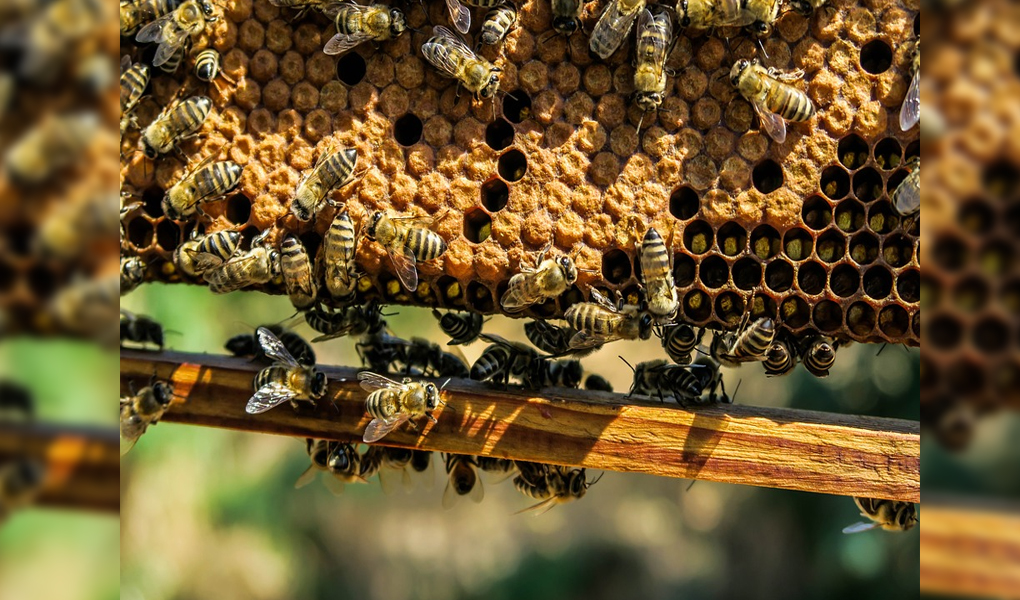If you think the U.S. has problems with declining almond crop yields due to a phenomenal 42% decline in honey bee populations, then you haven’t heard of the problems we’ve been facing on our declining crop yields.
Filipino scientists have reported declining crop yields for mangoes, coconuts, coffee and other endemic crops in the Philippines, at least 50-60% lower than our neighboring ASEAN countries in the past decade, due to decreasing local honeybee populations! The Philippine scenario is part of a worldwide trend of declining bee populations, with the U.S. lamenting over lower crop yields and the EU banning pesticides that kill bees.
The Philippine situation has been quite troubling, obviously, because a declining bee population might spell the death of our agricultural industry in the country. Although current studies indicate that declining bee populations in the Philippines are caused by the proliferation of “wild honey hunters”, our educated guess is the bigger culprit would be the rampant use of pesticides to kill pests of fruits and vegetable crops in the country now.
The Role of Key Pollinators in Philippine Crop Yields
Do you see any honeybees in your area? I live in a rural part of the Philippines, on the outskirts of a little town, but I hardly see any honeybees in my area of the world.
The reason why honeybees are SO IMPORTANT for the raising of Philippine crops is because in the Philippines, a BIG 75% of our food crops need insect, mainly bee, pollinators for successful pollination and crop growth. The food crops – and non-food crops – that need pollination by our local bees are coconuts, mangos, coffee, star fruit, kiwi, peppers, cashew, papaya, rambutan, macadamia, guava, watermelon, sunflowers, lychee, squash, gourd, avocado, cucumber, pechay (Chinese white cabbage), palm oil, cowpea, tomatoes, cocoa, passion fruit, beans, tangerine, and cotton.
What is causing the decline of bee populations? We can only conjecture right now but aside from the presence of rampant wild honey gatherers, there is the problem of PESTICIDES. A study of the disappearing colonies of bees by a group of 16 ASEAN countries under the Intergovernmental Science Policy Platform (IPBES) discovered the causes for the decline are pesticides, habitat loss, pollution, invasive species, climate change, pathogens, and the spread of big farms dedicated to a single product.
Over the past decade, beekeepers, not just only here in the ASEAN region but also in the Western world, has noticed the disappearance of worker bees in hives. This phenomenon is called Colony Collapse Disorder (CCD). CCD is linked to a class of insecticide called Neonicotinoids (neonics).
What happens if all the bees were to disappear? Total catastrophe! Crops would be growing so slowly and we might starve altogether. There would also be the decline of the U.S. beekeeping industry, which is currently estimated to generate US$15 billion each year.
The Philippines and other ASEAN nations, including the U.S. are trying to find a solution to the dwindling bee population numbers. In the meantime, perhaps we should reflect and see if the main thing that we should eradicate in a future devoid of bees and less food crops to feed a 100 million population (for the Philippines) is MAN itself. Man, with its pesticides and the lack of concern for destroying the environment, is the biggest enemy of honeybees.


